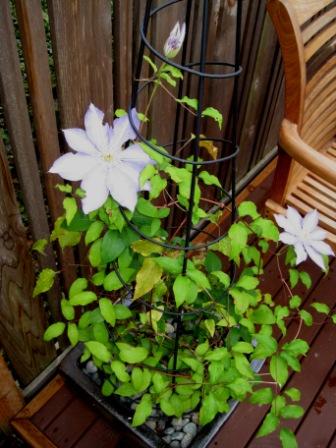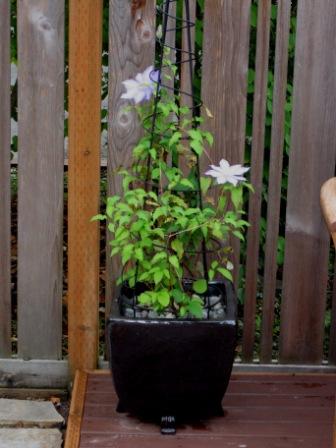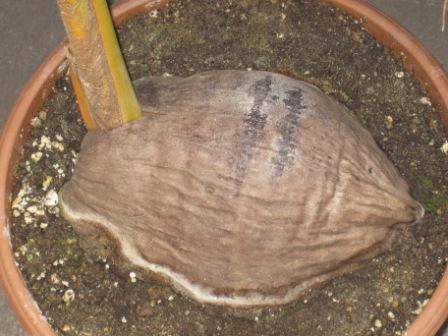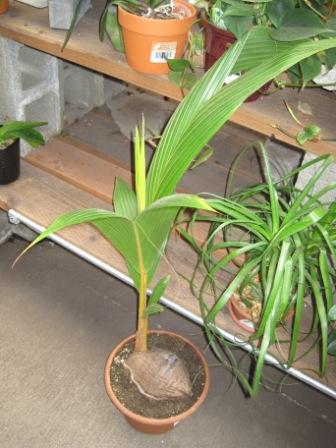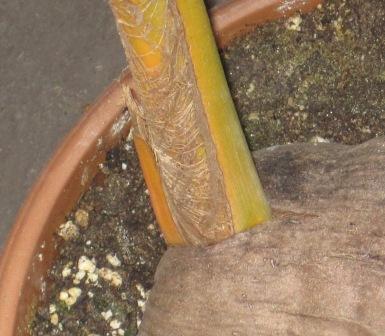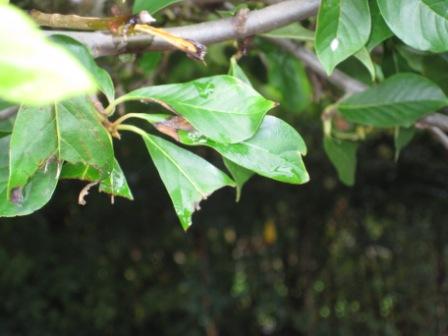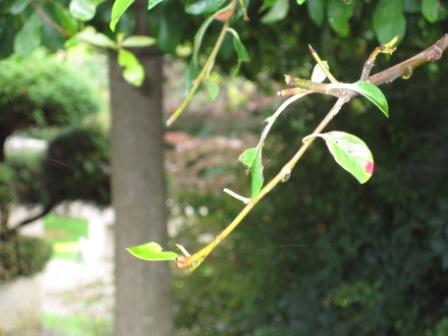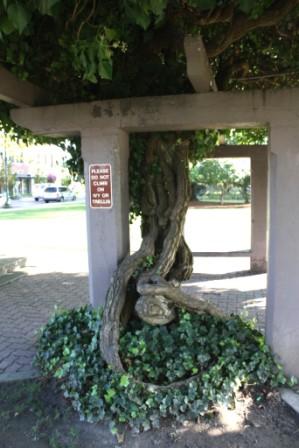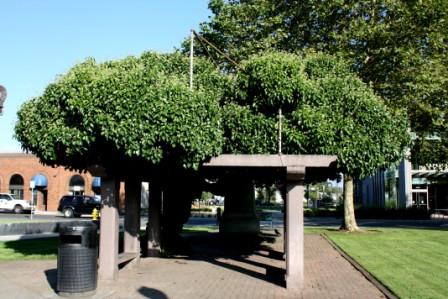 My original posting last Wednesday (“Ignorance and the so-called “bogus” bee study“) has generated some vigorous discussion, which is exactly what I hoped it would do. At some point, one of our readers posted the link on the original blog site, where it generated the following response:
My original posting last Wednesday (“Ignorance and the so-called “bogus” bee study“) has generated some vigorous discussion, which is exactly what I hoped it would do. At some point, one of our readers posted the link on the original blog site, where it generated the following response:
“The issue on CCD and these studies that point to “causes” other than pesticides comes down to a question: What came first? The pesticides or the problem. Farmers almost always have the gut answer correct. In this case the farmers are the hundreds if not thousands of beekeepers who are certain that neonicotines are root cause of colony collapse disorder. I’m not a PhD, admittedly, but I’ve yet to read anything that points to an answer other than the pesticides.
“And for Linda to suggest that science can’t be “bought” at universities is an incredibly naive statement. I’m not saying Jerry was bought out, not at all. But I do think, overall, there’s a ton of pressure from the chemical industry for scientists to find an answer, any answer, that doesn’t point back directly to pesticides.”
I responded to this posting on the blog this morning, where it sat waiting for approval by the moderator:
“There are dozens of peer-reviewed studies on colony collapse disorder that can be easily accessed by anyone who is really interested in the science. Here’s a quote from a 2009 article:
“Of 61 quantified variables (including adult bee physiology, pathogen loads, and pesticide levels), no single measure emerged as a most-likely cause of CCD.”
From “Colony collapse disorder: a descriptive study.”
Authors: Engelsdorp, D. van; Evans, J. D.; Saegerman, C.; Mullin, C.; Haubruge, E.; Bach Kim Nguyen; Frazier, M.; Frazier, J.; Cox-Foster, D.; Chen, Y. P.; Underwood, R.; Tarpy, D. R.; Pettis, J. S.
Available at: http://www.plosone.org/article/info%3Adoi%2F10.1371%2Fjournal.pone.0006481.”
Then….it was deleted.
For whatever reason, the moderator of this blog didn’t want to post my response. So I’ve reposted it above, and have a couple of other observations:
1) “Gut answers” aren’t science. Sure, gut feelings can convince researchers to explore some particular question, but they are inspirations – not necessarily answers. As my husband pointed out, people once had “gut feelings” that the earth was flat and that the sun orbited around the earth. Enlightenment happens.
2) Let’s see some specific examples where science has been “bought” at universities. I’m sure there are a few bad apples (especially in pomology – HA!), but to my knowledge none of my colleagues have pandered to chemical companies and falsified data for publication. This is a serious charge – and if it’s true, we all deserve to see hard evidence.
As always, feel free to post YOUR comment. We won’t censor you, even if you don’t agree with us.



